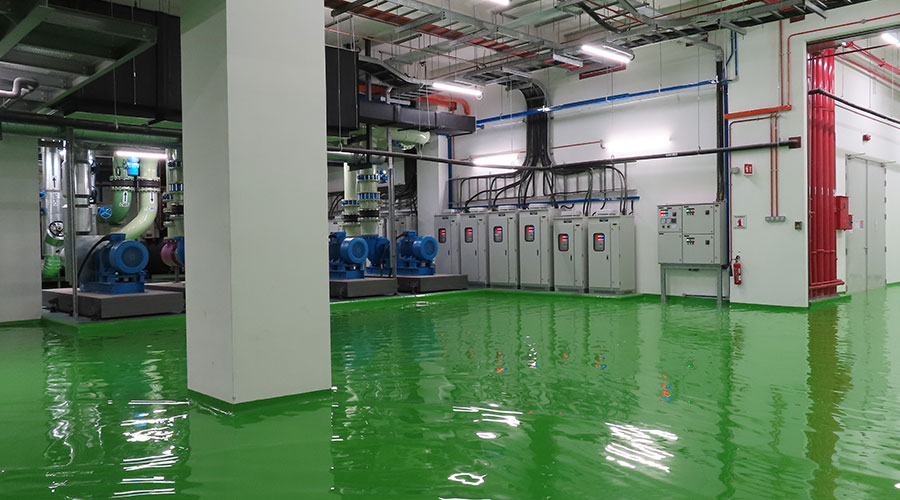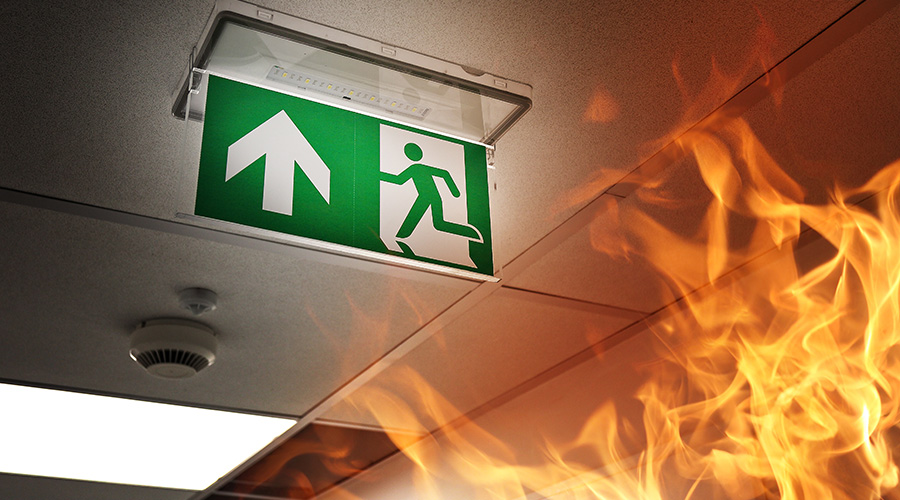NIST Releases Guidelines for Preventing Progressive Collapse of Buildings
A new report from the National Institute of Standards and Technology (NIST) aims to improve building design by reducing the likelihood of progressive collapse in structures.
A new report from the National Institute of Standards and Technology (NIST) aims to improve building design by reducing the likelihood of progressive collapse in structures.
Since the 1995 bombing that triggered the collapse of the Alfred P. Murrah Federal Building in Oklahoma City, Okla. and the terrorist attacks of Sept. 11, 2001, both private and public groups have begun to address progressive collapse as a design requirement for new buildings. NIST has prepared the report, Best Practices for Reducing the Potential for Progressive Collapse in Buildings, in response to one of the 30 recommendations for improvements to building codes appearing in their final WTC investigation.
Among the items featured in the report are: an acceptable risk approach to progressive collapse, a review of design methods used to enhance a building's resistance to progressive collapse, a look at progressive collapse provisions in building standards around the world, and case studies of progressive collapse events triggered by abnormal loading (where building integrity is compromised by unexpected hazards from explosions, aircraft or vehicle impacts, foundation failures, construction errors, etc.).
To aid the understanding and use of the guidelines, and to provide an opportunity for technical exchange with the lead authors of the report, NIST and the Structural Engineering Institute (SEI) of the American Society of Civil Engineers (ASCE) has organized a series of four workshops across the nation. The workshop dates and locations are: Sept. 7, Denver; Sept. 14, New York City; Sept. 28, San Francisco; and Oct. 19, Chicago (as part of the 2006 ASCE Annual Conference).
To register online, select a date and location under "Progressive Collapse Workshops" at the SEI Web site, www.seinstitute.org.
Related Topics:











